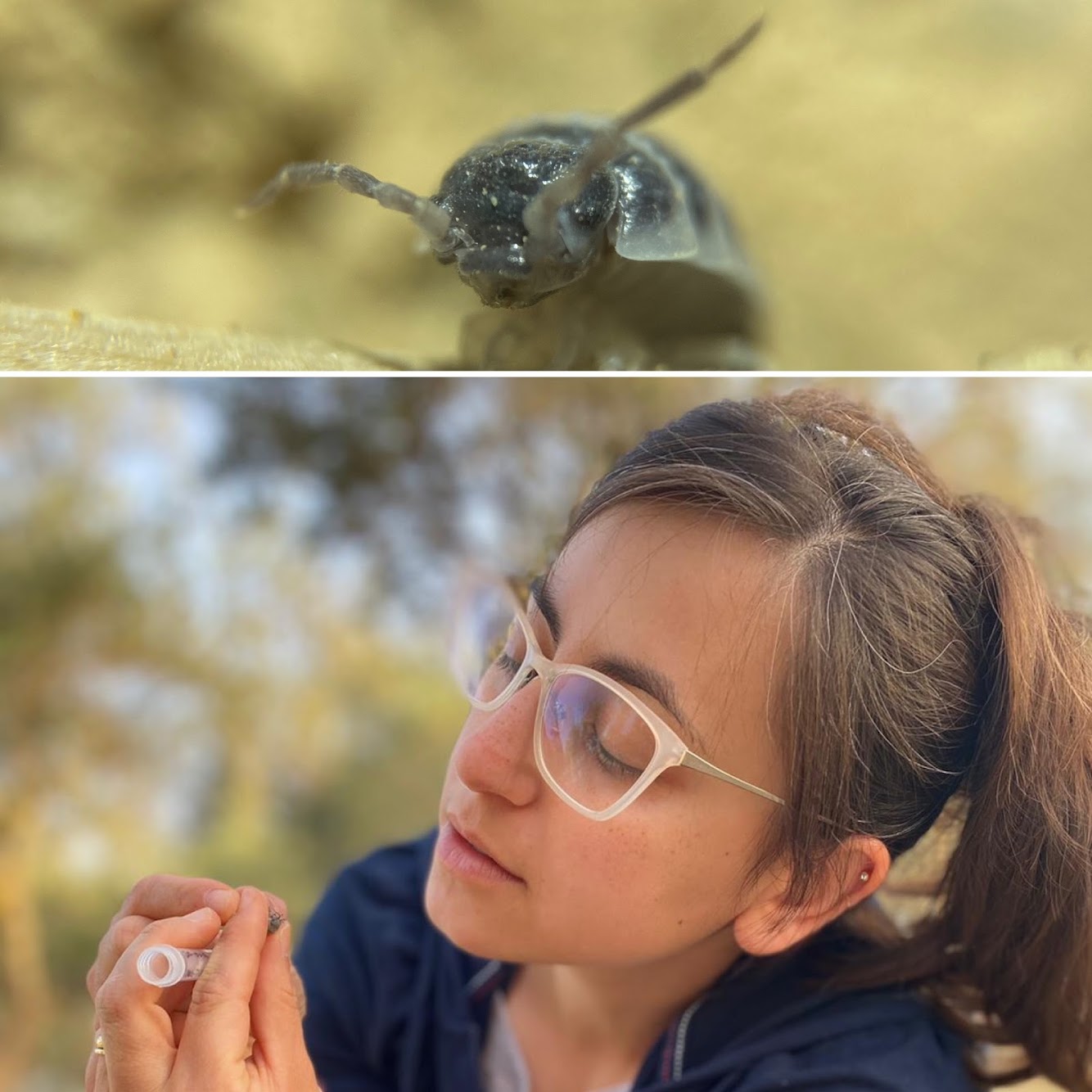Back
Student 10-Minute Paper
Systematics, Evolution, and Biodiversity
Student Competition
Student
Grad Competition SysEB: Behavior
Neuroanatomy and development of a terrestrial care-giving isopod
Monday, November 6, 2023
9:00 AM – 9:12 AM ET
Location: Gaylord National Resort & Convention Center, Chesapeake 4-5

Karmi Leah Oxman
PhD Candidate
Drexel University
Philadelphia, Pennsylvania
Presenting Author(s)
Families are the basic units of most animal societies, but instances of pair-based collaborative parental care are rare. Male and female birds and fish in biparental care systems exhibit differing amounts of plasticity in care behavior in response to changes in brood size and presence or absence of a partner. Plasticity allows brains to change in order to accommodate the cognitive requirements of new behaviors. Parental care in fish, rodents, and primates (humans) leads to changes in brain structure and function. We asked whether similar patterns in neural and behavioral plasticity hold in arthropods.
Hemilepistus reaumuri is a land-dwelling isopod that exhibits bi-parental care and family burrowing, making it a good model system to study bi-parental care in an arthropod. H. reaumuri are single-bout reproducers, focusing all their reproductive resources on one clutch of offspring. Prior to the emergence of young, both parents feed only themselves. All young hatch simultaneously inside the burrow. As soon as this occurs, both parents shift their foraging behavior and provide food by bringing plant material back to the burrow. Guarding and food provisioning behavior is synchronized between parents.
To quantify behavioral effort and associated brain tissue investment under different social environments, paired and unpaired parents with different clutch sizes were observed. Histological staining techniques will be used to describe the brains of these isopods before and after the offspring care season. This study is the first behavior-coupled quantification of isopod brains at more than one time-point throughout development.
Hemilepistus reaumuri is a land-dwelling isopod that exhibits bi-parental care and family burrowing, making it a good model system to study bi-parental care in an arthropod. H. reaumuri are single-bout reproducers, focusing all their reproductive resources on one clutch of offspring. Prior to the emergence of young, both parents feed only themselves. All young hatch simultaneously inside the burrow. As soon as this occurs, both parents shift their foraging behavior and provide food by bringing plant material back to the burrow. Guarding and food provisioning behavior is synchronized between parents.
To quantify behavioral effort and associated brain tissue investment under different social environments, paired and unpaired parents with different clutch sizes were observed. Histological staining techniques will be used to describe the brains of these isopods before and after the offspring care season. This study is the first behavior-coupled quantification of isopod brains at more than one time-point throughout development.

.png)

